Preparing to tow
The Video Course teaches you everything about modern cars.

If you are planning to tow a trailer or a caravan there are several regulations you have to bear in mind before you take to the road.
Legal requirements in the UK
Towing weights
Some of these regulations concern the unladen weight of your car, so the first thing you need to do is to find this out. It should be given in your car handbook, but if not the car manufacturer will be able to supply you with the figure.
You also need to know the total weight of the caravan or trailer and load, and also whether the caravan or trailer has its own braking system.
If you are towing a trailer that does not have its own brakes, the unladen weight of your car alone must be at least twice as much as the weight of the trailer and load combined.
The entire weight of an unbraked trailer and load must not, in any case, exceed 750kg. This is intended to make sure that the car's own brakes are capable of stopping both the car and the trailer.
If you have an unbraked trailer, you must make sure that its maximum gross weight is shown in kilo-
grammes on the side of the trailer where it is easily read. You can buy stickers in an accessory shop.
Trailer brakes
If the caravan or trailer weighs more than 750kg when laden, it has to have its own braking system. The system must include brakes to slow the trailer in ordinary running, together with a parking brake .
You don't have to link the trailer's brakes with the towing vehicle's brakes unless the trailer weighs more than 3500kg. Trailers under this weight can have overrun brakes which come on automatically when the car slows down against the trailer's momentum.
Speed limits
At present, all normal combinations of car and trailer have a speed limit of 50mph; or any lower limit if specified.
However, on dual carriageways and motorways you can tow at up to 60mph, providing there is no lower speed limit. However, you cannot tow in the right-hand lane of a three-or four-lane motorway.
The offside rear of your caravan or trailer should have a speed limit sticker, which you can buy from an accessory shop.
Lights and the law
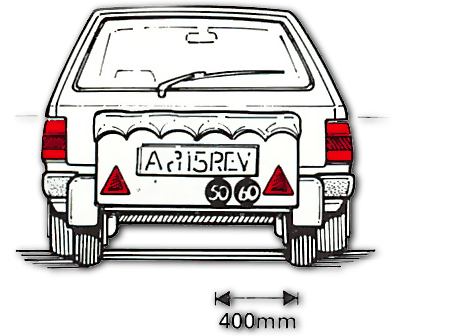
A caravan or trailer must always have a number- plate showing the car's registration number. The plate has to be lit at night and the trailer should also have a triangular red reflector on each side, mounted no more than 400mm from the trailer's edges.
Most caravans and full-size trailers also have to show the full complement of indicators and brake lights; these should be at least 400mm apart. However, if you can see the car's brake lights and direction indicators when you are standing 20ft (6m) behind the centre of the trailer, you do not need to fit these extra lights.
Most caravans, in any case, come ready-equipped with lights and you can easily buy a strap-on board carrying number-plate and lights if you want to tow a trailer.
If the caravan or trailer was made since 1980 it also has to be fitted with one or two rear fog lights — if there is only one light it has to go on the offside. The rear fog lights must be between 250mm and 1500mm above the ground .
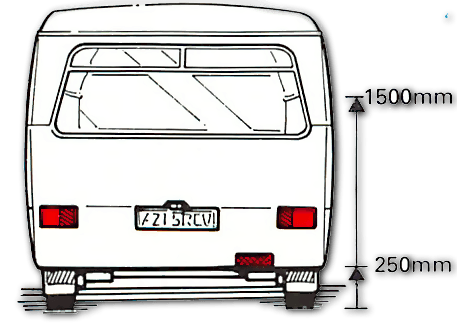
If the caravan or trailer is more than 1.6m wide and built after 1 October, 1985, it must have a forward-facing sidelight on each side. These lights must be no more than 150mm in from the front edge of the caravan or trailer and no more than 1500mm above the ground.
Vision
The law requires that your rearview mirror shows you what is behind the trailer or caravan.
In practice this means that with a small trailer, the car's interior mirror will usually be adequate. But with a large caravan, mirrors that extend from the sides of the car are essential.
Some caravans have a clear view from front to back, in which case you can still use the car's standard interior mirror. If not, an alternative is to fit extended wing mirrors which allow you to see around the sides of the caravan (or trailer).
Adapting the car
Unless your car has self-levelling suspension, the extra weight of the trailer will usually make it sag at the rear. This makes driving uncomfortable and the steering becomes light.
It also means you have to reset the headlights to avoid dazzling other motorists, even with dipped beam. An easy way to minimize these problems is to make the rear springs stiffer with proprietary spring assisters.
One type of assister that can be fitted to coil springs consists of hard rubber wedges that fit between adjacent windings of the coil . These wedges raise the rear of the car and make the springs stiffer.
Another type takes the form of a tough inflatable ball fitted either inside the coil spring or between the axle and the car's underbody. Once in place, the ball is pressurized from a garage air-line.
If your car has leaf springs , you can make these stiffer by clamping on a special extra leaf or bar assister.
Caravan towers sometimes fit uprated dampers . These dampers do not make the springs any stiffer, but they will help to stop the extra weight of the caravan from bouncing the car up and down. You can also get devices to fit between car and caravan to stop snaking.
Spring assisters
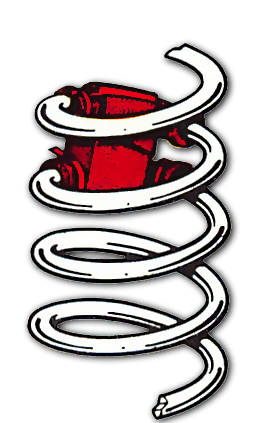

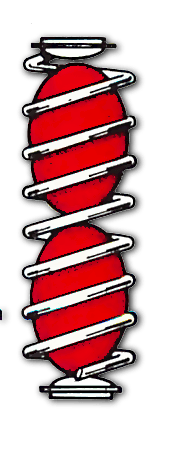
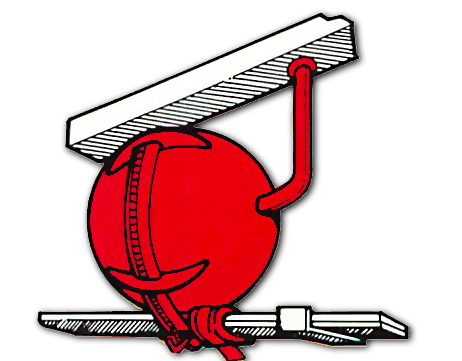
If your car has rear coil springs you can stiffen these by fitting rubber wedges between the turns of the spring. Leaf springs can be stiffened by clamping on an extra leaf.
The Ultimate Car Mechanics video course
Learn everything about modern cars from our new video series.
Learn more >-
We build a Mazda MX5 Miata from scratch
We start by tearing down and then rebuilding the whole car.
-
Every part explained
There's ridiculous detail on every part. Clearly and easily explained.
-
All modeled in 3D
We've created the most detailed 3D model ever produced so we can show you everything working.






